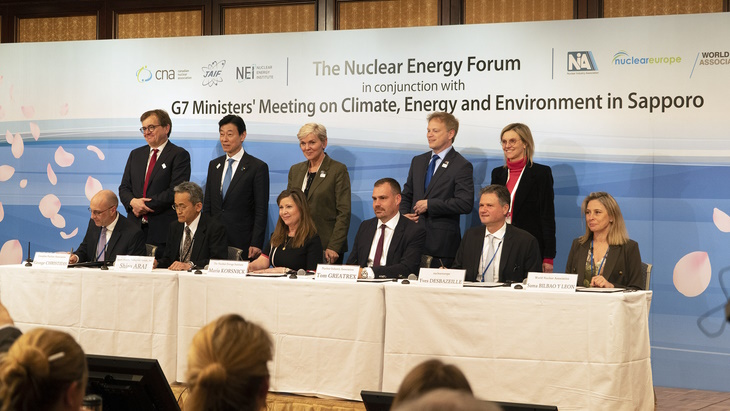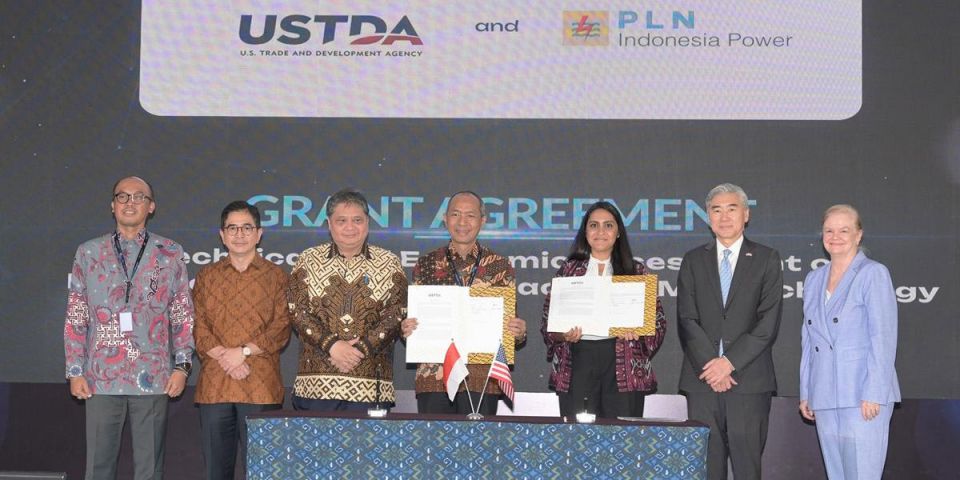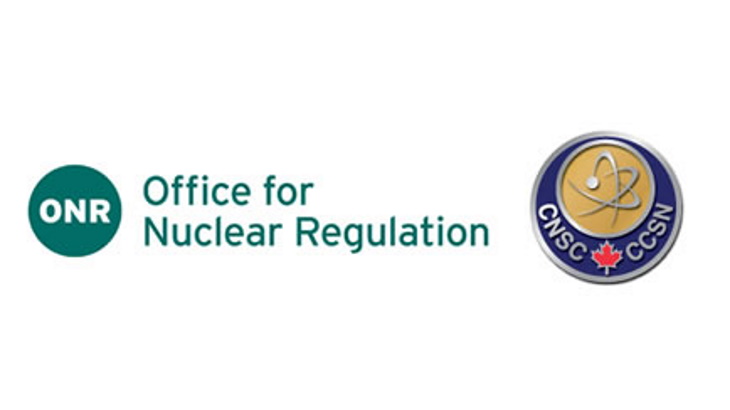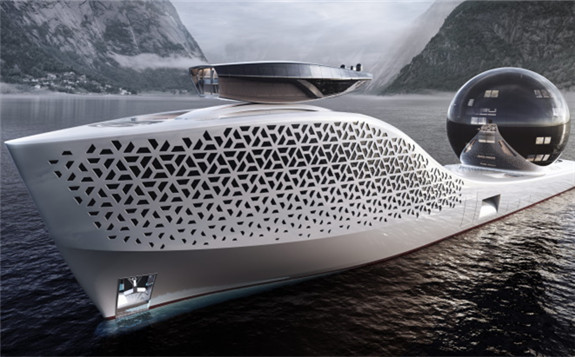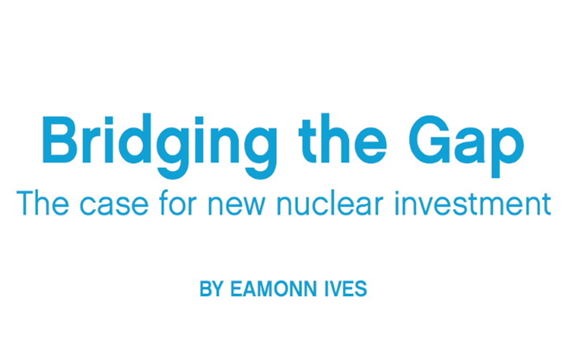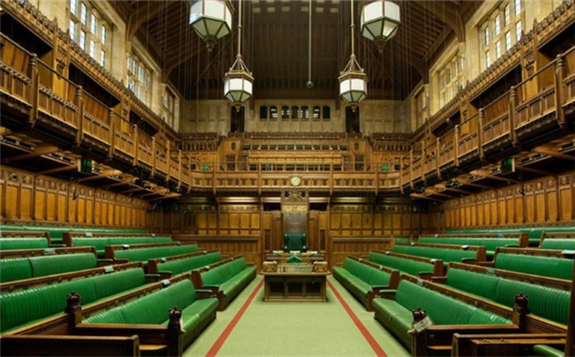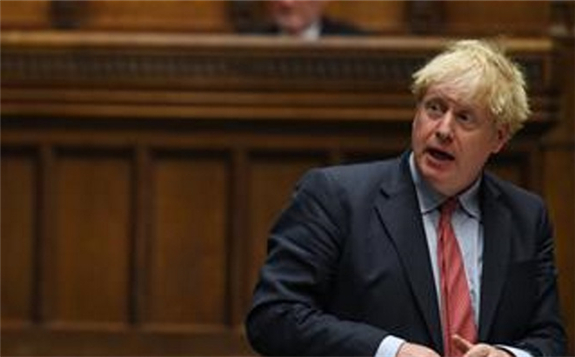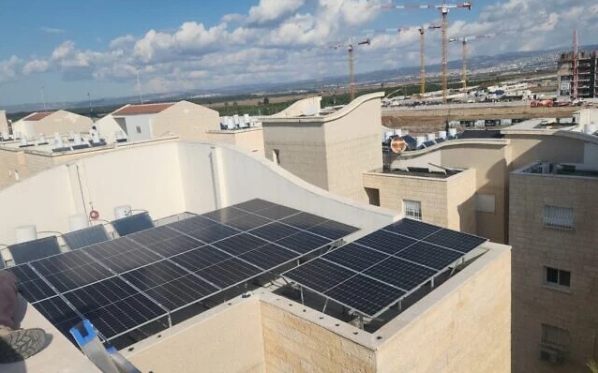
It joins some 15 apartment buildings across the country involved in a scheme whereby solar panels produce renewable energy sold to the national grid. Apartment owners continue to receive and pay for electricity that powers their private homes from the national grid, and not from the panels. The project, Sunshine for Everyone, is a joint effort of the Israeli Energy Forum, the KKL-JNF Jewish National Fund and the Energy Ministry.
Former lawmaker Yael Paran, who directs policy at the Israeli Energy Forum, told The Times of Israel that there were two main obstacles to getting an apartment building to adopt solar energy: finding a determined resident who would persuade at least 66 percent of the owners to agree, and getting them to pay for installing a system. At present, a tenants’ committee cannot secure loans from banks.
For this reason, Sunshine for Everyone, which guides residential buildings through every stage of solar installation, recommends renting the roof to a developer, who will fund the project.
In such arrangements, the developer pays rent to the building out of money earned from the electricity that is channeled into the national grid. Most Israelis live in apartments, so that the potential for increasing renewable energy in the country’s electricity mix by converting residential buildings is huge.
In this latest case, in a nine-story building with over 30 apartments in the Neve Eliezer neighborhood of Tel Aviv, the roof has been let to Rygo-energy for 25 years. The company will pay to install and maintain the 30 kilowatt system and the rent that the building receives — several thousand shekels a year — will be put towards building maintenance.
What makes the deal signed earlier this month unique is the addition of a solar battery and a hybrid converter. The latter can disconnect a building from the national grid. If the grid malfunctions, solar panels usually stop working, unless they are connected to a battery. In case of a power cut, this building will be able to go off grid and continue to use solar energy during the day, switching to energy stored in the battery during the night.
The system will power stairwell lighting, the elevator, and water pumps that get water to the upper floors.
Oren Tzrur, chairman of the building’s tenants’ committee, and the driving force behind the project, said: “I was looking for a solution to a problem that arose following the war [in Gaza] — the fear that in the event of a power outage, the water pumps in the building would stop working and there would be no water in the apartments on the upper floors.”
Over the course of the war, there were concerns that a full-blown conflict with Hezbollah could lead to massive attacks on the country’s power infrastructure, though this did not eventually occur. As the war intensified, many Israelis bought diesel-powered generators to prepare for a potential loss of power.
“We decided to establish a solar-powered system that would produce clean energy and provide backup in the event of a power outage to drive the pumps,” Tzrur said. “No less important, it would also generate additional income for the committee’s coffers to help support various projects and for the ongoing maintenance of the building.”
Tzrur said that the Sun for Everyone initiative had “minimized the headache” by guiding him along the process, through preparation, engaging a developer and signing the contract.
He added, “As the building’s roof is unused space, it’s a win-win for everyone.”
Einat Datner, CEO of the Israeli Energy Forum, credited Tzrur’s determination with the successful signing of the agreement. The building’s residents would soon begin to “enjoy the profits without spending a single shekel,” she said. Solar energy production systems in shared buildings benefit everyone, she went on — the environment, the economy, energy security, and society as a whole.
Yael Paran said Sun for Everyone and the Forum were “learning the complexities and helping to solve them” to bring more buildings on board, while the Energy Ministry was working to adapt policy.
